Exploring the Influence of Technology on Modern Art
Since the dawn of civilization, art has been a vital part of human culture and expression. But today, we are witnessing an era where technology and art are deeply intertwined, creating an entirely new realm of possibilities.
Impact of Technological Advancements on Art Creation and Distribution
Technological advancements have shaped and transformed the methods of creating and disseminating art. Innovative tools like virtual reality, digital imaging software and even social media platforms have considerably expanded the artist's palette. Virtual reality, for instance, allows artists to create immersive interactive art environments that push the boundaries of creativity and redefine viewer engagement.
Digital imaging software has revolutionized traditional art mediums, enabling artists to manipulate images and create digital masterpieces with infinite possibilities for transformation. Similarly, social media platforms present a platform for artists to share and distribute their artwork, breaking geographic boundaries and democratizing access to art.
Challenges and Opportunities
While technology has brought unprecedented innovation in art, it also presents new challenges. Artists must now constantly update their skillset to remain relevant. Intellectual property rights issues are amplified with digital duplicability, making it harder for artists to protect their original works.
However, these digital platforms also offer opportunities for artists to collaborate across physical boundaries, engage with viewers in real-time and even use audience interactions as elements in their creations.
A Converging Future
Today, technology is blurring the lines between art and science more than ever before. The harnessing of technology by artists has given rise to bio-art, data art, and AI art, embodying the convergence of art, science, and technology. While technology continues to evolve, so too will its influence on art - creating a dynamically symbiotic relationship.
As we contemplate the future of art, one can confidently anticipate the fusion of these domains will continue, likely in ways we cannot yet imagine. While the tools and mediums used to create art will continually change, the purpose and power of art to evoke emotion and provoke thought will remain constant.
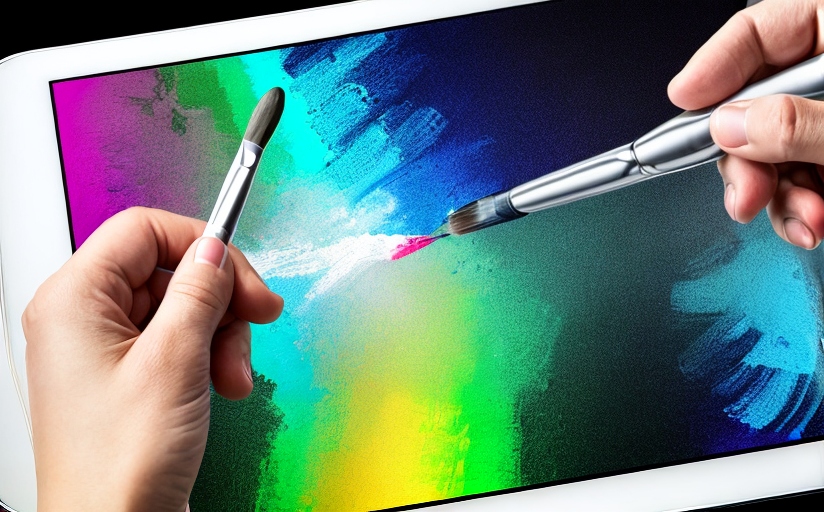
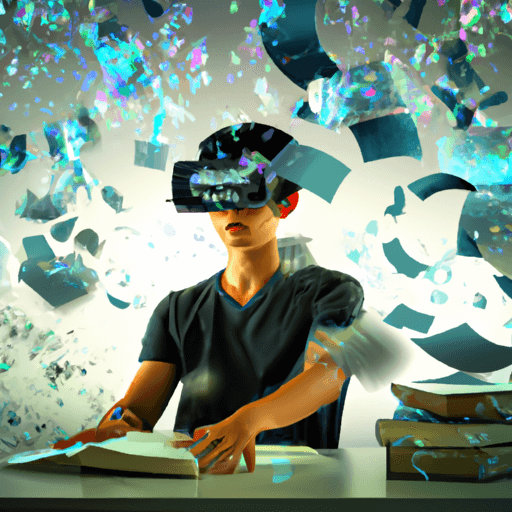

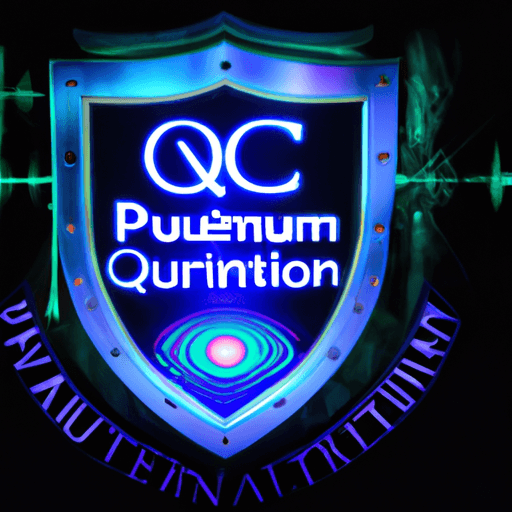
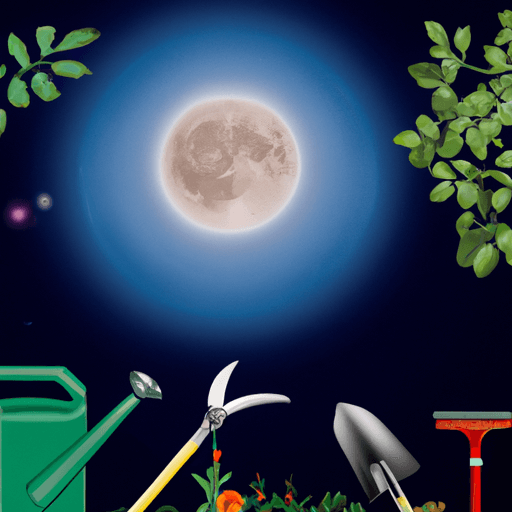
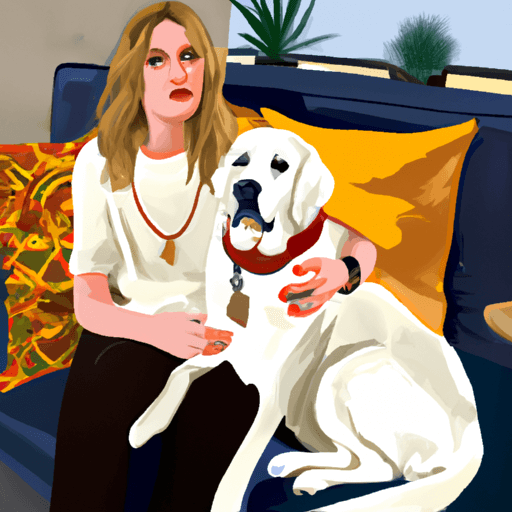
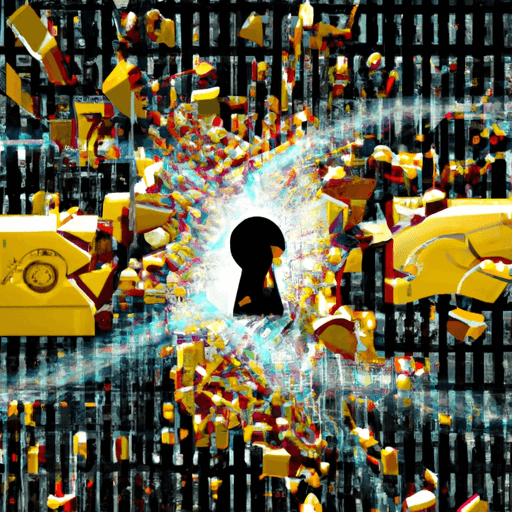
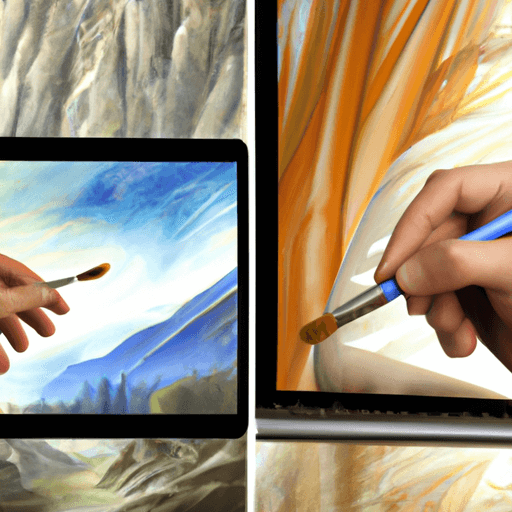
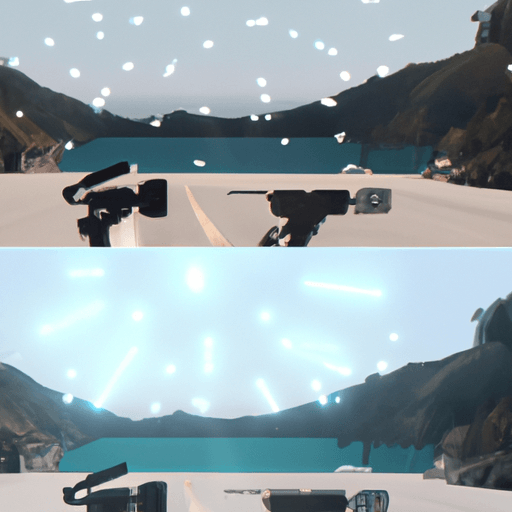
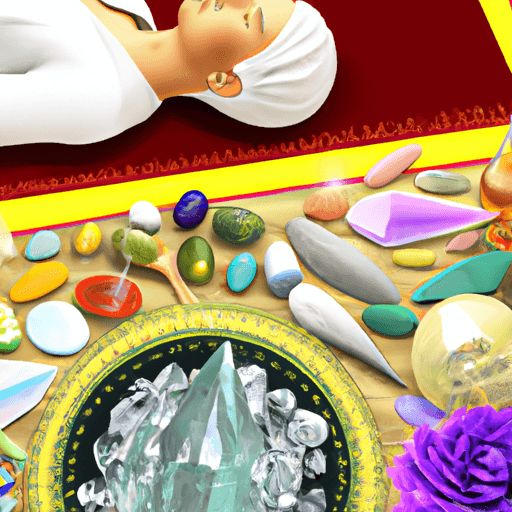
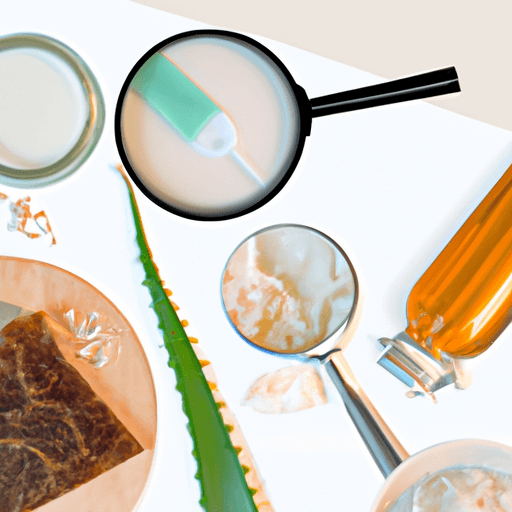
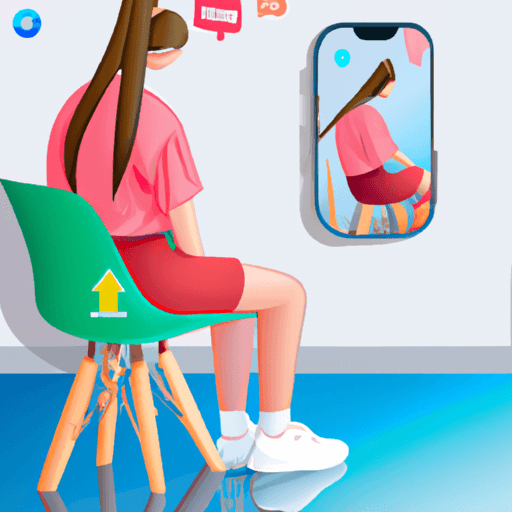
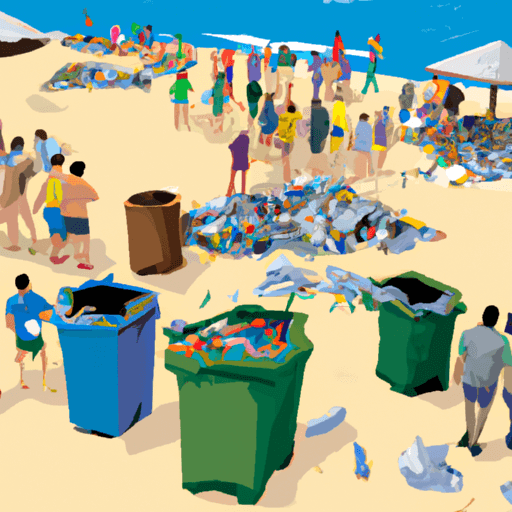
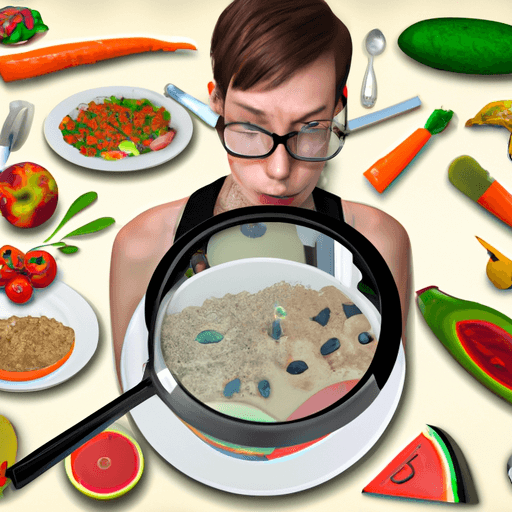
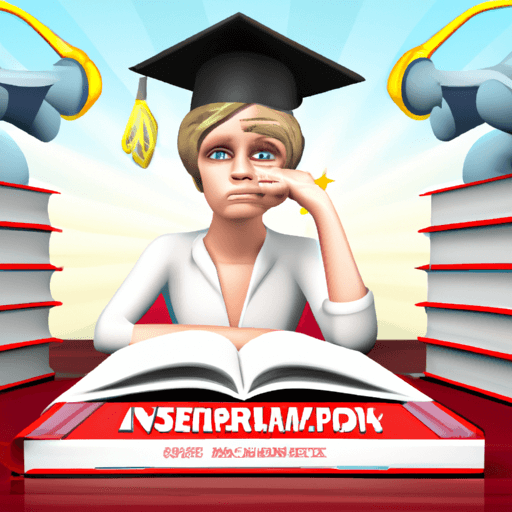
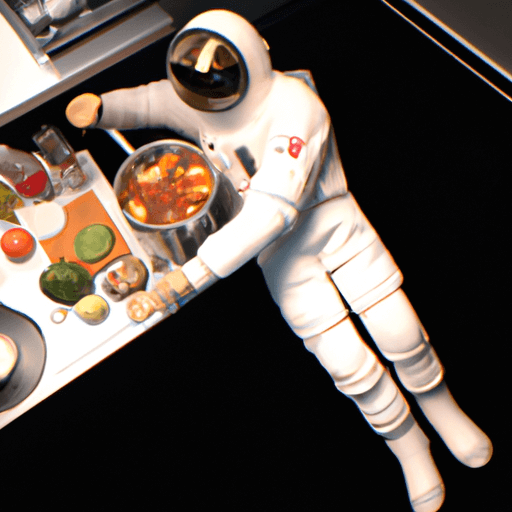
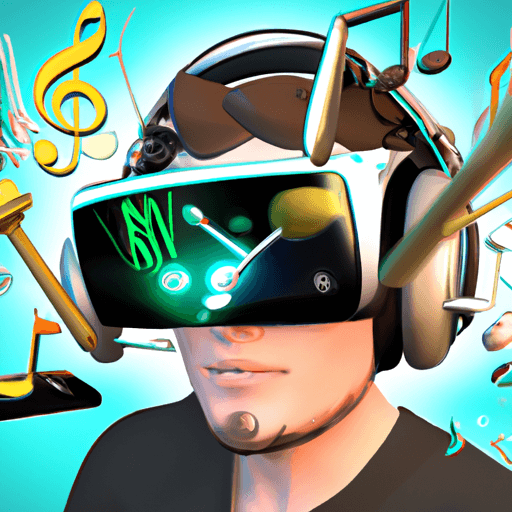
Comments
Leave a Comment